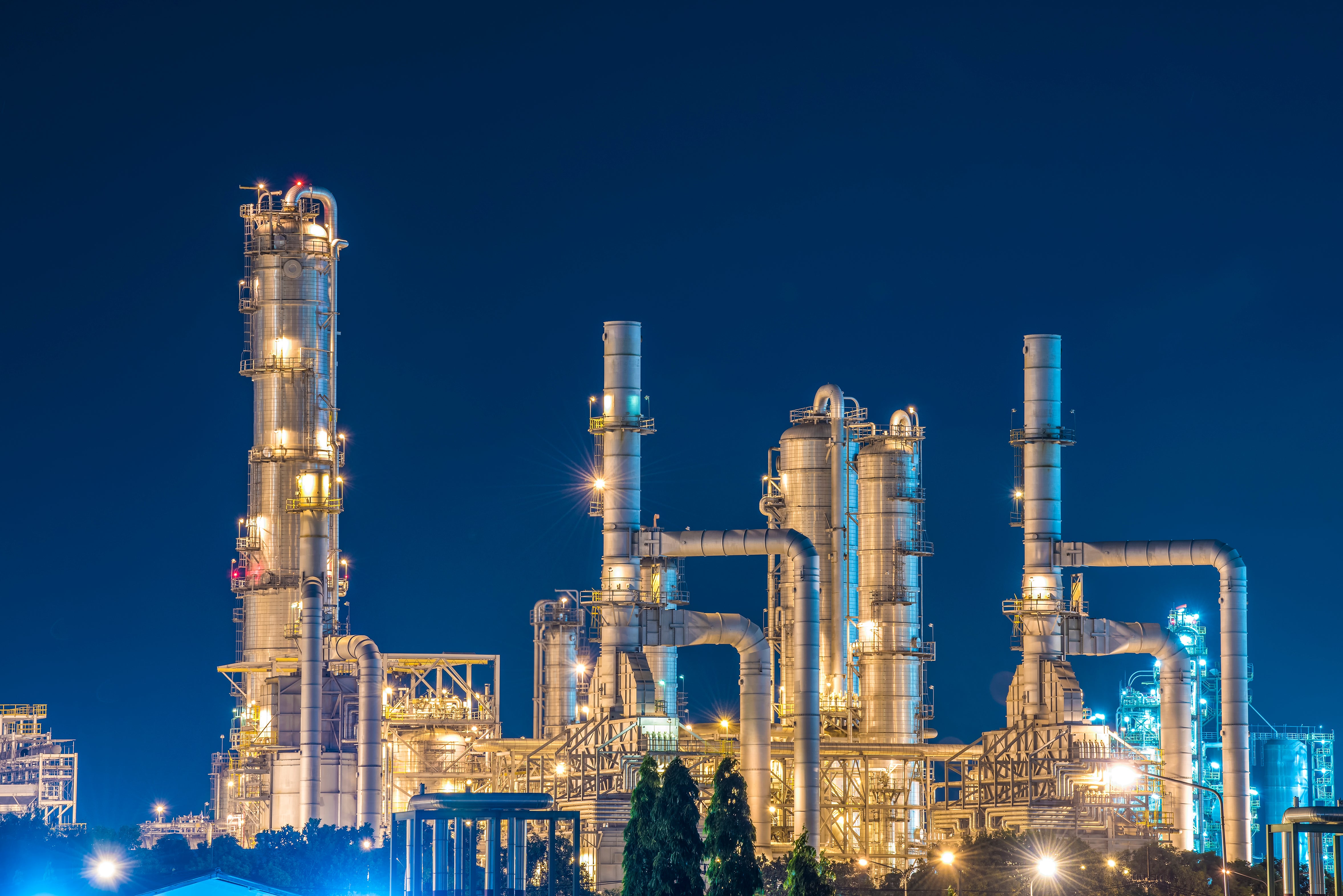World’s largest oil and gas producer aims to achieve net zero by 2050
To help meet climate change goals, Saudi Aramco will accelerate towards to a low-emission future, says CEO

Oil and gas companies must reposition themselves to play their part in reducing global carbon emissions, according to Amin H. Nasser, president and CEO of Saudi Aramco.
In line with new commitments by the Kingdom to reach net zero by 2060 announced today, Nasser affirmed the company’s intention to lead by example in the energy sector.
“As the largest producer of hydrocarbons in the world, we hope that others will follow our leadership,” he said.
Nasser and Patrick Pouyanné, chairman & CEO of French oil and gas company TotalEnergies, were in discussion at the Saudi Green Initiative (SGI) Forum in Riyadh, Saudi Arabia on 23 October.
The two industry leaders agreed that investments in energy innovation will help to grow technologies like carbon sequestration and green hydrogen production to serve a global consumer population.
As part of SGI, the country’s whole-of-government climate action initiative, Saudi Arabia has already pledged to reduce its CO2 emissions by 278 million tonnes per year by 2030.
One major contribution towards this emissions target is the country’s plans to diversify its domestic energy mix by moving away from fossil fuels and increasing the amount of energy generated from renewable sources to 50 per cent by 2030.
Nasser acknowledged the target to achieve net zero emissions by 2050 would not be straightforward for Aramco.
“Although there will be challenges,” said Nasser, “we are confident we can meet them and accelerate efforts towards a lower emission future.”
Aramco are also leading initiatives to plant 100 million mangroves along the Arabian Gulf and Red Sea coasts, and to produce four million tonnes per year of the low carbon fuels blue and green hydrogen by 2035. Blue and green hydrogen are low carbon fuels produced by splitting either natural gas or water and capturing any carbon released.
Last year, the company also completed the world’s first commercial blue ammonia shipment to Japan. Blue ammonia, dubbed the ‘fuel of the future’, is another type of hydrogen-based clean fuel that only releases water vapour when burned.
Aramco have already planted over five million mangrove trees, which not only help to mitigate the effects of floods and storm surges but also capture and store CO2. The company leads one of the largest carbon capture, utilisation and storage projects in the Middle East, processing up to 726,000 tonnes of CO2 every year.
Subscribe to Independent Premium to bookmark this article
Want to bookmark your favourite articles and stories to read or reference later? Start your Independent Premium subscription today.